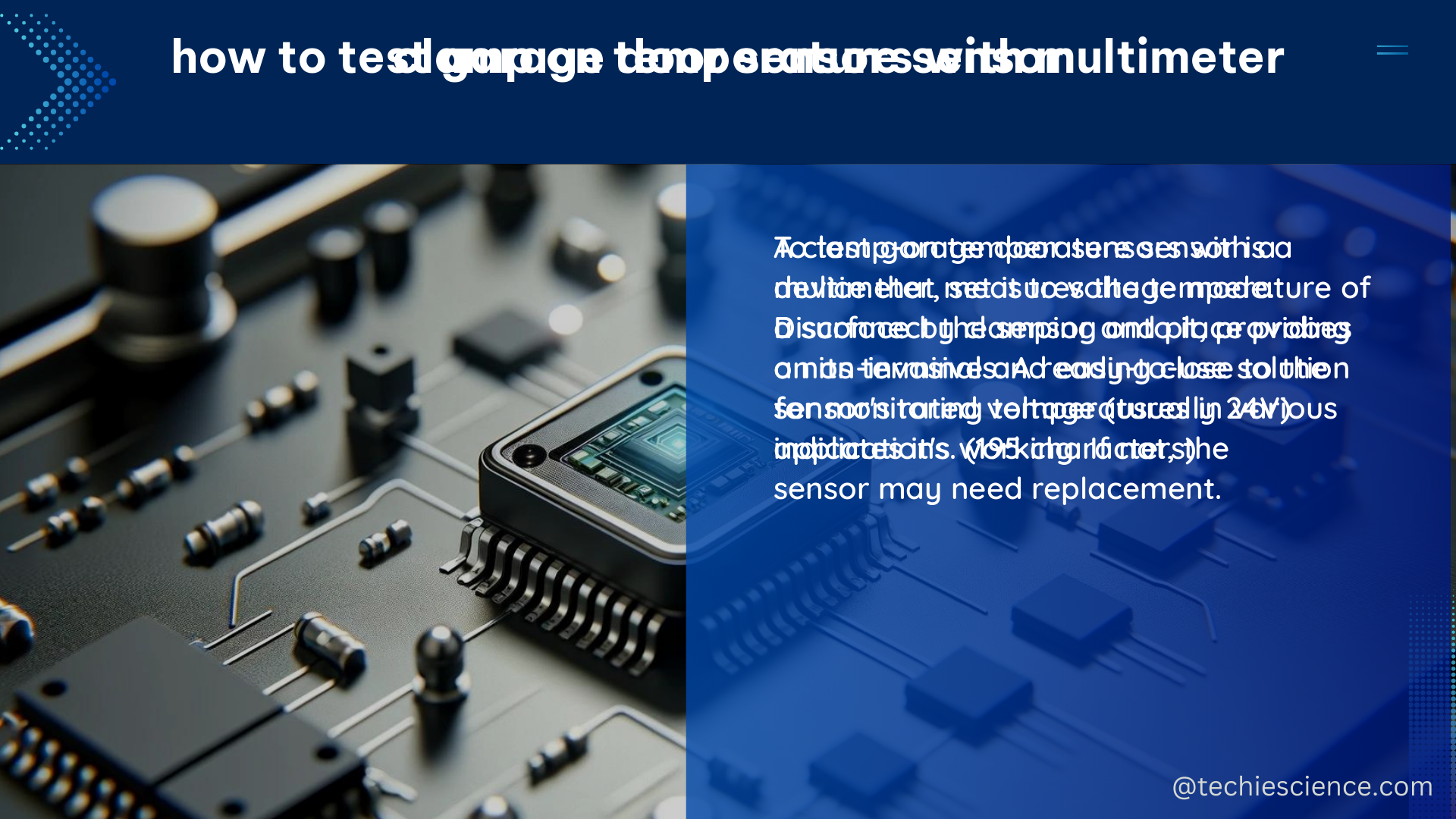Clamp-on temperature sensors are versatile and adaptable devices designed to monitor water temperature in retrofit or filled pipe applications. These sensors fit around the outside of a pipe, measuring the water temperature by sensing the surface temperature of the pipe. With their bendable copper sensing plates and adjustable hose clamps, they can accommodate pipes up to 11.4 cm in diameter, making them a popular choice for a wide range of applications.
Enclosure Material and Ratings
Clamp-on temperature sensors are available in various enclosure configurations, each with its own unique features and specifications:
| Enclosure Type | Material | Ingress Protection (IP) Rating | NEMA Rating |
|---|---|---|---|
| J-Box | Galvanized Steel | IP20 | NEMA 1 |
| BAPI-Box 2 | Polycarbonate | IP66 | NEMA 4 |
| BAPI-Box 4 | Nylon & Plastic | IP10 (IP44 with Knockout Plug) | N/A |
The choice of enclosure depends on the environmental conditions and the level of protection required for the sensor.
Temperature Sensor Specifications

Clamp-on temperature sensors are designed to operate within a wide range of temperatures and environmental conditions:
- Temperature Sensor Range: -65°C to 100°C (-85°F to 212°F)
- Humidity Range: 0 to 95%, non-condensing
- Resistance: 10 kΩ @ 25°C, -55 to 150°C range
- Standard Accuracy: ±0.2°C (±0.36°F) at 0 to 70°C
- Dissipation Constant: 2.7 mW/°C
- Stability (Drift): Less than ±0.1°C (±0.18°F) over time
These specifications ensure reliable and accurate temperature monitoring in a variety of applications.
Sensor Response Time and Time Constant
The response time of a clamp-on temperature sensor is defined as the time required for the sensor reading/output to reach 63.2% of its total step change in measurand. This is directly related to the sensor’s time constant (τ).
For example, if a temperature sensor is taken from an ice bath at 0°C and placed in a room at 10°C, it will take exactly one time constant (τ) for the sensor to reach 6.32°C, which is 63.2% of the 10°C step change in temperature.
The full response time of the sensor, or the time it takes to reach 99.3% of the total step change in temperature, is exactly five times the time constant (5τ). This is because the sensor temperature approaches the “true” temperature of the media asymptotically, and it is not possible for the sensor to reach the exact same temperature as the media in real-world applications.
The sensor time constant (τ) is a crucial factor in determining the sensor’s response time and overall performance. A smaller time constant indicates a faster response time, which is desirable in many applications where rapid temperature changes need to be detected.
Practical Considerations
When using clamp-on temperature sensors, it’s important to consider the following practical factors:
-
Pipe Surface Condition: The sensor’s performance can be affected by the condition of the pipe surface. Ensure the pipe surface is clean, smooth, and free of any coatings or insulation that could interfere with the sensor’s ability to accurately measure the surface temperature.
-
Thermal Coupling: Proper thermal coupling between the sensor and the pipe surface is essential for accurate temperature measurements. Use a thermal compound or paste to improve the thermal contact and reduce any air gaps between the sensor and the pipe.
-
Sensor Positioning: Carefully position the sensor on the pipe to ensure it is in direct contact with the surface and not affected by external factors, such as air currents or nearby heat sources.
-
Insulation: Consider insulating the pipe and sensor assembly to minimize the impact of ambient temperature changes and improve the sensor’s response time and accuracy.
-
Calibration: Regularly calibrate the clamp-on temperature sensor to ensure it maintains its accuracy over time and in different operating conditions.
By understanding the technical specifications and practical considerations of clamp-on temperature sensors, you can ensure accurate and reliable temperature monitoring in your retrofit or filled pipe applications.
References:
- Automated Logic Clamp-on Temperature Sensor
- Emerson Rosemount Temperature Sensor
- Barani Design: Sensor Response Time and Time Constant

The lambdageeks.com Core SME Team is a group of experienced subject matter experts from diverse scientific and technical fields including Physics, Chemistry, Technology,Electronics & Electrical Engineering, Automotive, Mechanical Engineering. Our team collaborates to create high-quality, well-researched articles on a wide range of science and technology topics for the lambdageeks.com website.
All Our Senior SME are having more than 7 Years of experience in the respective fields . They are either Working Industry Professionals or assocaited With different Universities. Refer Our Authors Page to get to know About our Core SMEs.